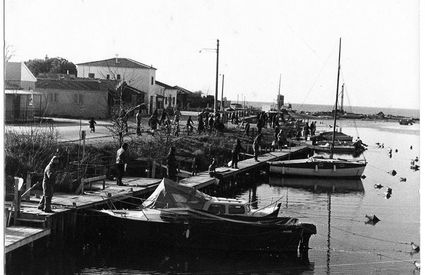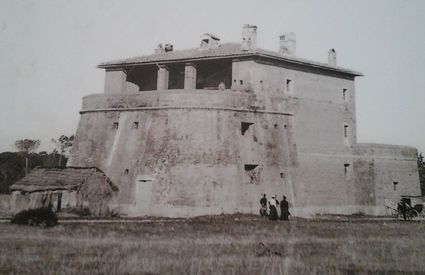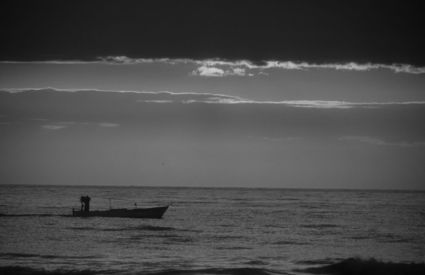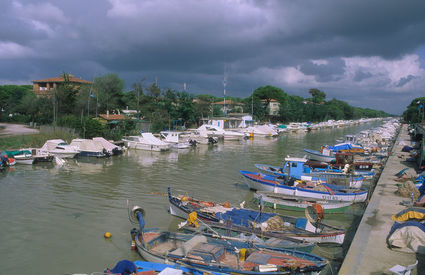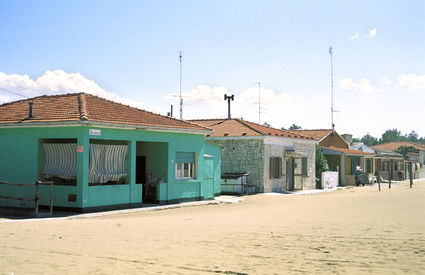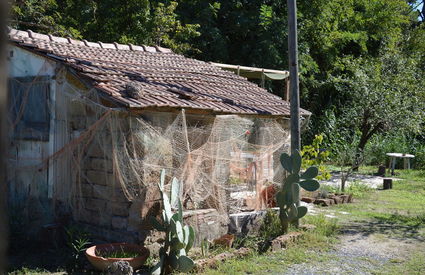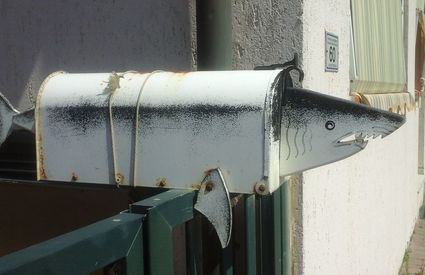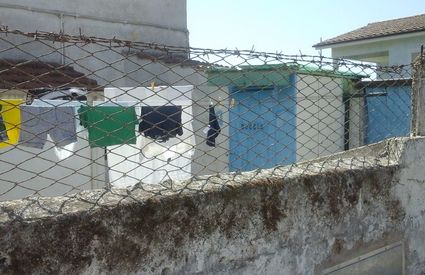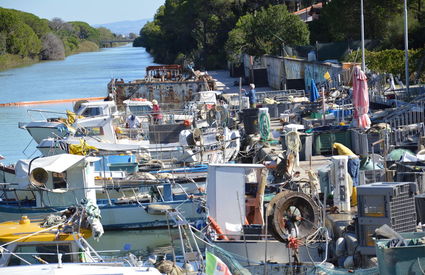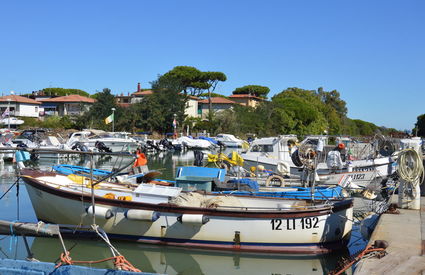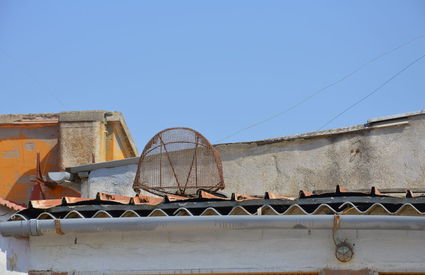Grosseto
San Rocco a mare
A fisherman’s village where the sun plays off the colors ~ by Ambra Famiani
San Rocco a mare
A fisherman’s village where the sun plays off the colors ~ by Ambra Famiani
A wild and rugged sea village in the Maremma
San Rocco a mare was
founded out of the slipstream of small wooden boats, steered by bold roving
sailors who docked here in these beaches while navigating near the shoreline.
The town developed around a Lorrain fortress where a spontaneous community of
fishermen cropped up. The sea was filled with fish and the coast was isolated.
The only residents on this parched, swampy and sometimes inhospitable land were
the cavalrymen who controlled the long coast, the troops who presided over the
Forte di San Rocco, the maritime customs officers and occasionally the
fishermen from who knows where, whose “land” was the water and whose gaze was
always directed toward the infinite.
The area around the military construction was all uninhabited. It was only with the realization of the emissary San Rocco that a community away from the flow of the water began to take shape. The channel known as the Fossino played a decisive role in anchoring this group of rambling fishermen to the land; spending their nights in this area they brought life to the small maritime town.
Sea and land dogs
The origin of the town is intimately linked to the arduous tale of these “sea dogs” with sunburned and salt-wrinkled faces, who’d live for months in huts amid the marshes on the dunes just before the beach, isolated from the world, living off of what nature offered them. They were sea nomads; they’d arrive with the good weather like a school of fish, prepare these rudimentary refuge spots that they’d reuse in successive years, and take back the open sea.
It was a camping ground of men who lived off the sea
when this was possible; men who fished in the trenches and hunted in the
swamps, when the mistral winds blew furiously on the waves. With the
construction of makeshift stalls, the Fossino was transformed into a landing
station and the small boats, pulled onto the beach, could now dock within the
channel and on the banks the first set of shacks began cropping up. Amid the pine forest and the sand, through the
years numerous makeshift huts were added to these initial shacks, along with
little wooden houses and modest brick homes facing onto the beach.
In this equal parts spontaneous and picturesque village, there were no streets,
no lighting, no central piping system, but there
beyond the “fosso”, was a world
filled with humanity, traditions and centuries-old trades, sources of life
and survival.
Shanghai: a contemporary reality curled up in the past
Even the memories of
the huts anchored on the dunes are now all but lost, but one can still spot
some unique traits in the area buildings, which are often multicolored and naïf, unraveling
amid gaudy yet picturesque facades, lending the neighborhood its name: Shanghai. It is an unusual place packed with charm.
During the summer heat wave when the sun plays with the colors, San Rocco,
facing onto its luminous canal and with its chromatic joys, seems like a sleepy tropical village, with hardly
anything to do with the Marino di Grosseto beyond the canal. Even today it
still embodies the character of a population that solidified amid fishing nets
and horizons where the subtle shades of the sea get lost in the land, fusing
together perfectly with the sky.


